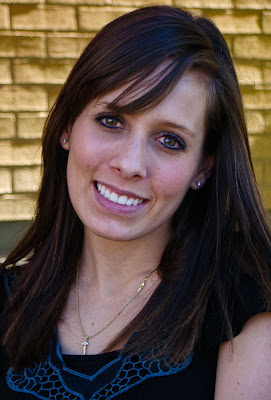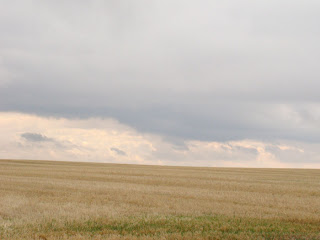1. One Shot
1. Beauty Tools; 10.24.2010; 4:30 p.m.; Rexburg, ID; Epson Scanner;
Sized in Photoshop
For this picture, I placed these hair and makeup tools on the Epson Scanner in the Spori Lab. I placed a blanket behind the scanner and previewed the image. I then rearranged the items until I had them looking the way I wanted. Then, I played with the levels, image adjustment, and tone correction, on the scanner settings. Next, I hit scan and saved the image as a jpeg. Finally, I opened it in Photoshop to crop and size the image.
2. Collage
1. Dirt; 10.23.2010; 10:30 a.m.; Rexburg, ID; Epson Scanner;
Sized in Photoshop
2. Leaves; 10.23.2010; 10:45 a.m.; Rexburg, ID; Epson Scanner;
Sized in Photoshop
3. Twigs; 10.23.2010; 11:00 a.m.; Rexburg, ID; Epson Scanner;
Sized in Photoshop
I used the Espon Scanner in the Spori Lab to take the first three images. For the dirt, I placed saran wrap over the scanner then I put dirt on the wrap. I used a stick to write the word "earth" in the dirt. The other two images I took by placing the items directly on the scanner and covering them with my jacket. I played with the levels, image adjustment, and tone correction settings in the scanner software before scanning each picture. To make the scan collage, I opened the dirt image in Photoshop and copied the layer. I used the overlay mode on the dirt layer. Then, I placed the leaves on top of this layer and used the hard light setting. For the twigs, I used the quick selection tool to only select the twigs. Then, I placed just the twigs in a layer on top of the leaves and set the twig layer to the
darken mode.














































